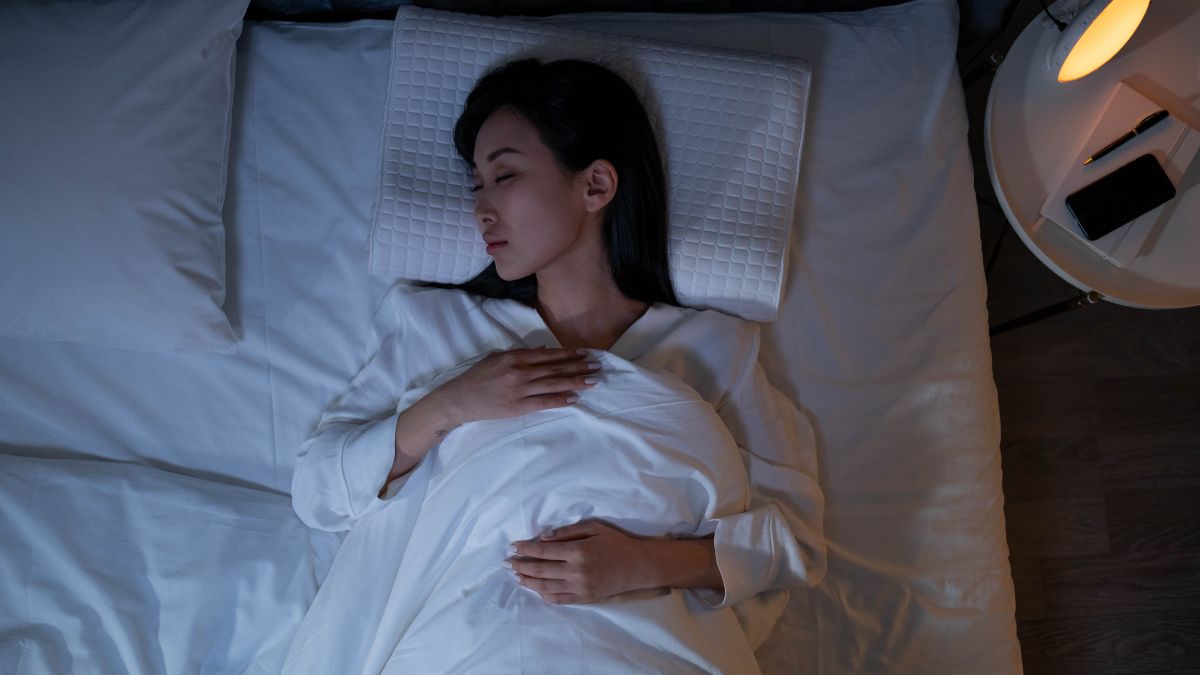Rest-Promoting Interventions in Hospital Improve Inpatient Sleep

Implementation of a rest-promoting intervention in a hospital ward is associated with improved nighttime quietness and sleep opportunity among inpatients. These findings were published in JAMA Network Open.
During inpatient stays, patients often experience disrupted sleep from nurse assessments, excessive light and noise, and pain, among other factors. Poor sleep during a hospital stay has been associated with impaired wound healing and posthospital syndrome.
Researchers conducted a quality improvement study at Barnes-Jewish Hospital between 2021 and 2022 to identify predictors of restfulness during inpatient stays in order to design and test rest-promoting interventions. Patients (n=9) and staff members (n=14) participated in semistructured interviews about daytime and nighttime routines and wards were observed for ~100 hours. Nurses and nurse leaders participated in 2 design workshops to conceptualize potential rest-promoting interventions. The developed interventions were introduced in 2-week increments followed by 2-week breaks during a 6-month period. The primary outcomes of the study were perceived nighttime quietness, sleep opportunity, environmental noise, clinical interruption, and satisfaction.
The design workshops produced 39 unique and potential rest-promoting interventions. A total of 9 interventions were selected for implementation.
“
In this quality improvement study, we successfully codesigned a set of feasible, acceptable, and beneficial rest-promoting interventions alongside patients and staff at our hospital. After implementing these interventions on the wards, we observed substantial improvement in a key measure of patient experience.
The rest-promoting interventions included a 1-page educational document paired with brief educational sessions presented during pre-shift huddles; an effort to reduce unnecessary nighttime interruptions for stable patients, noise, and light with use of red-wavelength flashlights; to evaluate patients using a novel sleep preference prioritization tool during daily assessments; to distribute sleep kits and white noise machines; and to provide patients with activities during the day.
A total of 671 patients participated in the pre- or post-intervention portion of the study. The patients had a mean (SD) age of 60 (16) years and 50% of patients were women.
Rest-promoting interventions were associated with significant improvements in restfulness. Following the implementation of the interventions, the mean hours of sleep opportunity per night increased from 4.94 hours to 5.10 hours (P =.01) and the mean number of excessive noise events per 100 patient-nights decreased from 0.65 to 0 (P =.02).
Additionally, perceived nighttime quietness and clinical interruptions per night improved nonsignificantly during the study. During the pre-intervention period, 51% of patients said the hospital ward was always quiet. Following the intervention, 86% said the hospital ward was always quiet (P =.09). Further, the mean number of clinical interruptions per patient-night decreased from 2.69 and 2.78 (P =.09).
The interventions had high rates of adoption by nurses, with a mean score of 4.50 (95% CI, 4.21-4.79) on a 5-point Likert scale. Similarly, 28 night-shift nurses rated their satisfaction with the interventions highly, with a mean satisfaction score of 4.60 (95% CI, 4.39-4.81).
The researchers concluded, “In this quality improvement study, we successfully codesigned a set of feasible, acceptable, and beneficial rest-promoting interventions alongside patients and staff at our hospital. After implementing these interventions on the wards, we observed substantial improvement in a key measure of patient experience.”
Study limitations include the use of a pre- to post-intervention assessment, which may have been biased by changes in the environment, and by the short intervention duration.
This article originally appeared on Sleep Wake Advisor
link




